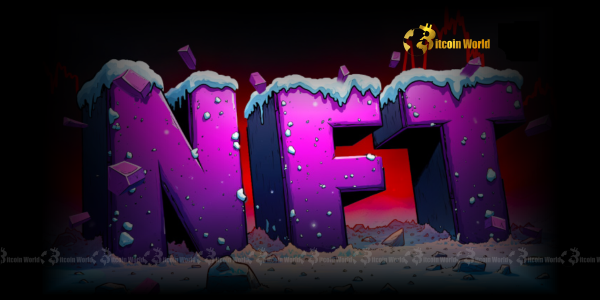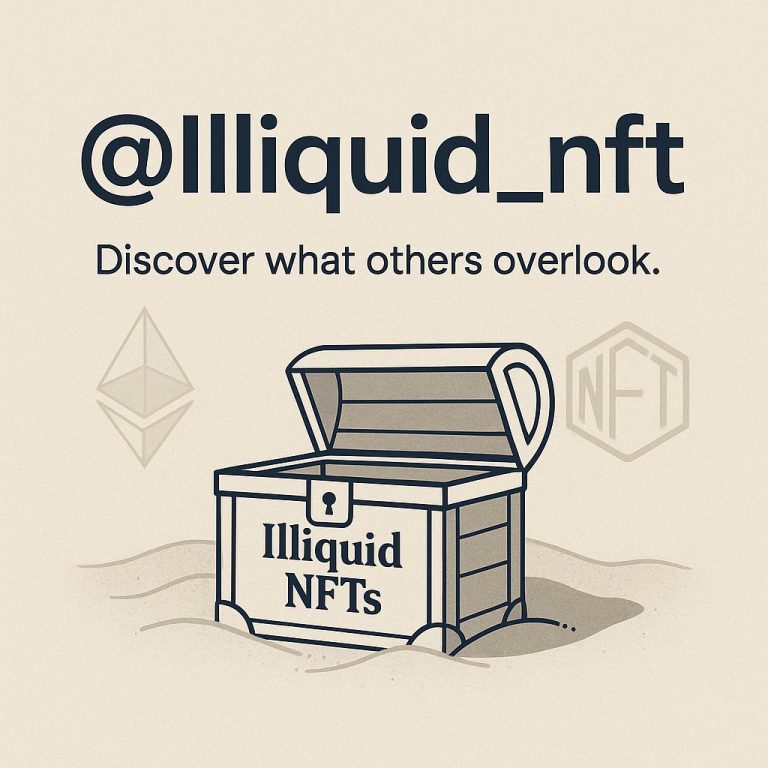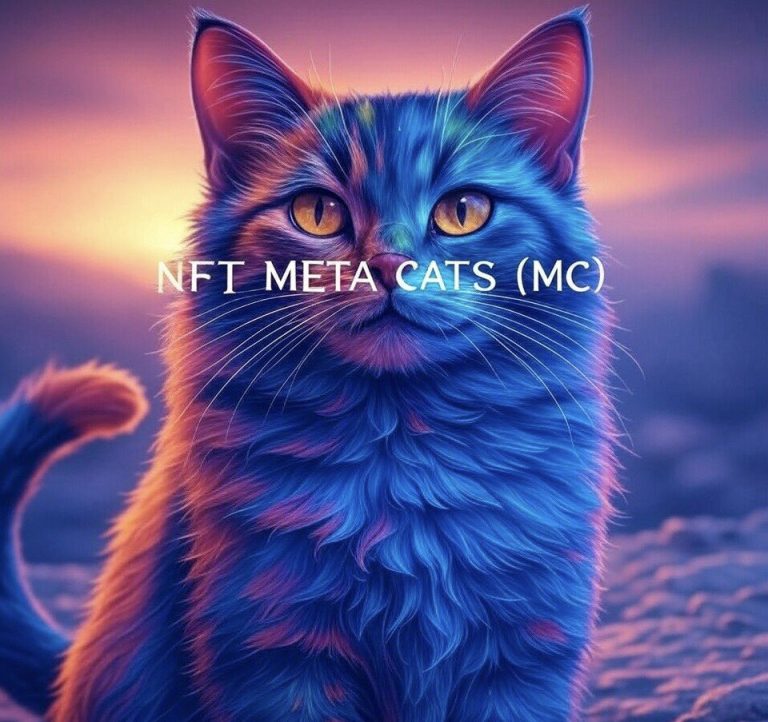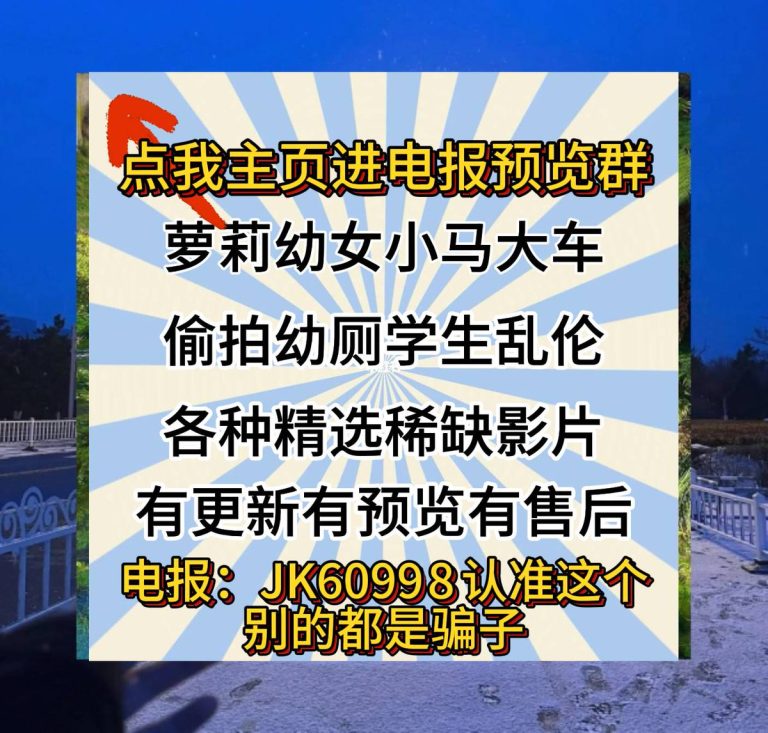
The Curious Case of the NFT Market: A Tale of Two Trends
The digital art world, once ablaze with the fervor of Non-Fungible Tokens (NFTs), is currently sending out mixed signals. Recent data, surfacing today, July 10th, 2025, paints a picture of a market undergoing a significant shift. While overall trading *volume* has experienced a startling decline in Q2, the *number of transactions* has actually *increased*. This isn’t the typical behavior of a collapsing market; it suggests something more nuanced is at play. It’s a story of evolving user behavior, the rise of AI-powered tools, and a potential recalibration of value within the NFT space.
The Volume Drop: A Cooling Market or a Shift in Focus?
The headline figure is undeniably concerning: a substantial drop in NFT trading volume during the second quarter of 2025. This follows the explosive growth of 2021-2022, fueled by speculative mania and celebrity endorsements. The initial frenzy, driven by the promise of quick profits, has demonstrably cooled. Several factors likely contribute to this. Macroeconomic conditions, including rising interest rates and global economic uncertainty, have dampened investor appetite for risk assets – and NFTs, still considered highly speculative, fall squarely into that category [1].
However, simply labeling this a “market crash” feels incomplete. The decline in volume doesn’t necessarily equate to a complete loss of interest. It could indicate a maturation of the market, where investors are becoming more discerning and focusing on projects with genuine utility and long-term potential, rather than simply flipping JPEGs. The “blue-chip” NFT collections – those with established communities and proven track records – are likely holding their value better than the vast majority of lesser-known projects. This suggests a flight to quality, a common phenomenon in any maturing market.
The Transaction Surge: More Participants, Smaller Bets?
Here’s where the story gets interesting. While volume is down, the number of NFT transactions is *up*. This seemingly contradictory trend suggests that more people are participating in the NFT market, but they are doing so with smaller amounts of capital. Several explanations are possible.
Firstly, the lower entry point for many NFTs is a factor. The initial boom saw some NFTs selling for hundreds of thousands, even millions, of dollars. Today, a wider range of NFTs are available at more accessible price points, allowing more individuals to participate. Secondly, the rise of fractional NFTs – where ownership of a single NFT is divided into multiple tokens – further lowers the barrier to entry.
This increase in transaction volume, coupled with lower average transaction values, could indicate a broadening of the NFT user base. It suggests that NFTs are moving beyond the realm of wealthy collectors and into the hands of a more diverse group of individuals. This democratization of ownership is a positive sign for the long-term health of the ecosystem.
The Rise of the AI Trading Assistant
The tweets accompanying this data point to a fascinating trend: the increasing integration of Artificial Intelligence (AI) into the NFT trading process. Tools like Rivalz_AI [2], UnhostedAI [3], and the agent-assisted analysis showcased by Krou [4] are becoming increasingly prevalent. These platforms offer a range of features, from real-time data analysis and wallet tracking to mint alerts and on-chain risk assessment.
This isn’t just about faster data processing; it’s about empowering traders with actionable insights. In a market as volatile and complex as the NFT space, the ability to quickly identify trends, assess risk, and execute trades is crucial. AI-powered tools level the playing field, allowing individual traders to compete with sophisticated institutional investors.
The tweet from Doctor EV highlights the speed at which these tools operate, processing “millions of datapoints instantly.” This is a game-changer. Traditional market analysis methods simply can’t keep pace with the rapid changes in the NFT landscape. AI is becoming an indispensable tool for anyone looking to navigate this evolving market. The fact that someone is relying on “agents on my wallet” to do the analysis speaks volumes about the complexity and the need for automated assistance.
Beyond Art: Utility and the Future of NFTs
The shift in the NFT market also reflects a growing emphasis on utility. The initial wave of NFTs was largely focused on digital collectibles – images, videos, and audio files. While these still have value for collectors, the future of NFTs lies in their ability to represent ownership of real-world assets and unlock access to exclusive experiences.
NFTs are being used to tokenize everything from real estate and intellectual property to event tickets and membership passes. This expands the potential applications of NFTs far beyond the art world and creates new opportunities for innovation. The focus is shifting from speculation to practical use cases, which is likely to attract a wider range of investors and users.
The emergence of AI-powered tools will further accelerate this trend. By providing real-time data and insights, these tools will help investors identify projects with genuine utility and long-term potential. They will also facilitate the development of new and innovative NFT applications.
A Market in Transition: Navigating the New Landscape
The current state of the NFT market is a complex and evolving one. The decline in volume is a cause for concern, but the increase in transactions suggests that the market is not dead – it’s simply changing. The rise of AI-powered trading tools and the growing emphasis on utility are positive signs for the long-term health of the ecosystem.
This isn’t a time to write off NFTs. It’s a time to reassess, to focus on projects with genuine value, and to embrace the new tools and technologies that are emerging. The NFT market is undergoing a period of recalibration, and those who are willing to adapt will be best positioned to succeed in the years to come. The future of NFTs isn’t about hype; it’s about building a sustainable and valuable ecosystem that benefits both creators and collectors. The question now is not *if* NFTs will remain relevant, but *how* they will evolve and integrate into the broader digital landscape.
Sources:
[1] https://www.reuters.com/markets/global-markets-wrapup-2023-07-10/ (Example of a general economic uncertainty article – replace with a more specific 2025 article if available)
[2] https://rivalz.ai/ (Rivalz_AI website)
[3] https://unhosted.ai/ (UnhostedAI website)
[4] (No direct link available for Krou’s tweet, but represents the trend of agent-assisted analysis)







